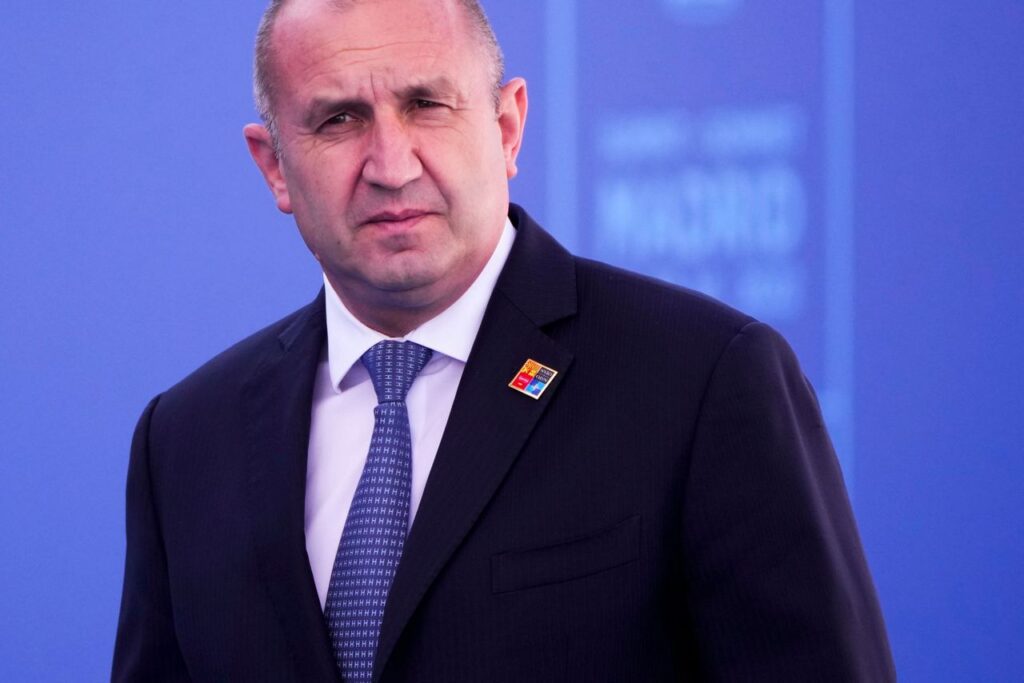The North Atlantic Treaty Organization (NATO) is an intergovernmental military alliance formed in 1949 with the goal of establishing a system of collective defense. NATO was created in response to the Soviet Union’s increasing influence in Europe and the escalating tensions of the Cold War. Its main mission is to ensure the freedom and security of its member states through political and military means. NATO’s objectives include collective defense, crisis management, and cooperative security. The organization has a complex organizational structure and conducts various operations and missions to fulfill its objectives. NATO also engages in partnerships with non-member countries and organizations. However, NATO faces challenges such as rising geopolitical tensions, cybersecurity threats, and burden-sharing among member states. To address these challenges, NATO continuously adapts its strategies and capabilities.
Exploring NATO: A Comprehensive Guide to the North Atlantic Treaty Organization
Introduction
The North Atlantic Treaty Organization, commonly known as NATO, is an intergovernmental military alliance formed in 1949. Its primary purpose is to establish a system of collective defense whereby its member states agree to mutual defense in response to an attack by an external party.
History and Formation
NATO was established on April 4, 1949, with the signing of the North Atlantic Treaty in Washington, D.C. The treaty was formed as a response to the Soviet Union’s increasing influence in Europe and the escalating tensions of the Cold War. Twelve founding members, including the United States, Canada, and several European nations, signed the treaty.
Mission and Objectives
The main mission of NATO is to ensure the freedom and security of its member states by political and military means. The organization works to promote stability in the North Atlantic region and to safeguard the principles of democracy, individual liberty, and the rule of law.
Some of the key objectives of NATO include:
- Collective defense: NATO commits to the principle that an armed attack against one member is considered an attack against all members.
- Crisis management: NATO is actively involved in crisis management operations, such as peacekeeping, conflict prevention, and post-conflict stabilization.
- Cooperative security: NATO cooperates with partner countries and organizations to address common security challenges and promote international stability.
Structure and Decision-Making
NATO has a complex organizational structure designed to facilitate decision-making and coordination among member states. The structure includes several key bodies:
- The North Atlantic Council (NAC): The NAC is the main decision-making body of NATO, composed of ambassadors from each member state.
- The Military Committee: The Military Committee consists of the chiefs of defense staff from each member state and provides military advice to the NAC.
- NATO International Staff: The International Staff supports the work of the NAC and provides expertise in various areas.
- Integrated Military Command Structure: The integrated command structure provides strategic command and control for NATO’s military operations.
Key Operations and Partnerships
Over the years, NATO has conducted numerous operations and missions to fulfill its objectives. Notable operations include:
- Kosovo Force (KFOR): Established in 1999, KFOR aimed to secure peace and stability in Kosovo after the conflict in the region.
- International Security Assistance Force (ISAF): Led by NATO from 2003 to 2014, ISAF aimed to bring stability to Afghanistan and train local security forces.
- Baltic Air Policing: NATO has conducted air policing missions to protect the airspace of its Baltic member states since 2004.
In addition to its operations, NATO also engages in partnerships with non-member countries and organizations to promote cooperation and enhance global security. Notable partners include Sweden, Finland, Ukraine, and Georgia.
Challenges and Future Outlook
NATO faces multiple challenges in the evolving global security landscape. Some of the key challenges include:
- Rising geopolitical tensions: The resurgence of Russia, instability in the Middle East, and the proliferation of terrorism pose significant challenges to NATO’s security.
- Cybersecurity threats: The increasing reliance on technology makes NATO vulnerable to cyber threats, which require robust defenses and cooperation among member states.
- Burden-sharing: The issue of burden-sharing among member states remains a significant challenge, as some countries struggle to meet NATO’s defense spending targets.
To address these challenges, NATO continuously adapts its strategies and capabilities. It focuses on enhancing collective defense measures, investing in new technologies, and strengthening partnerships with like-minded countries.
Conclusion
NATO plays a crucial role in ensuring the security and stability of its member states. Through its collective defense principle, crisis management operations, and partnerships, NATO aims to promote peace and safeguard democratic values. As the global security landscape continues to evolve, NATO will need to adapt to emerging challenges and maintain its relevance in an ever-changing world.
